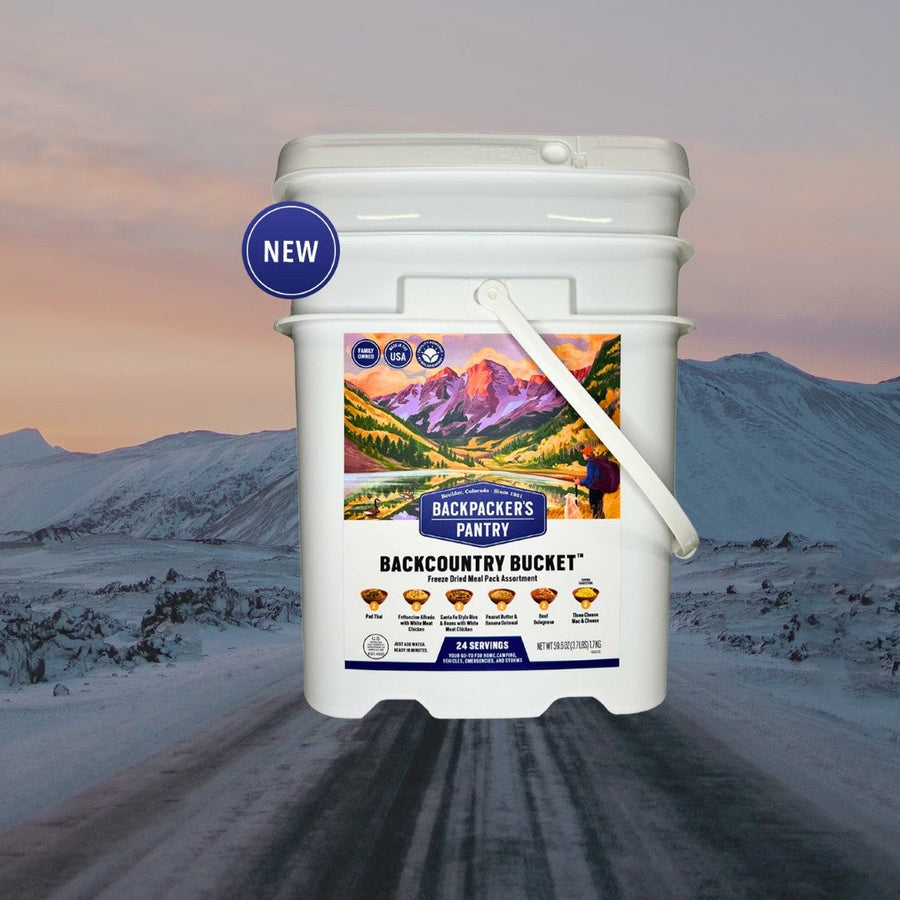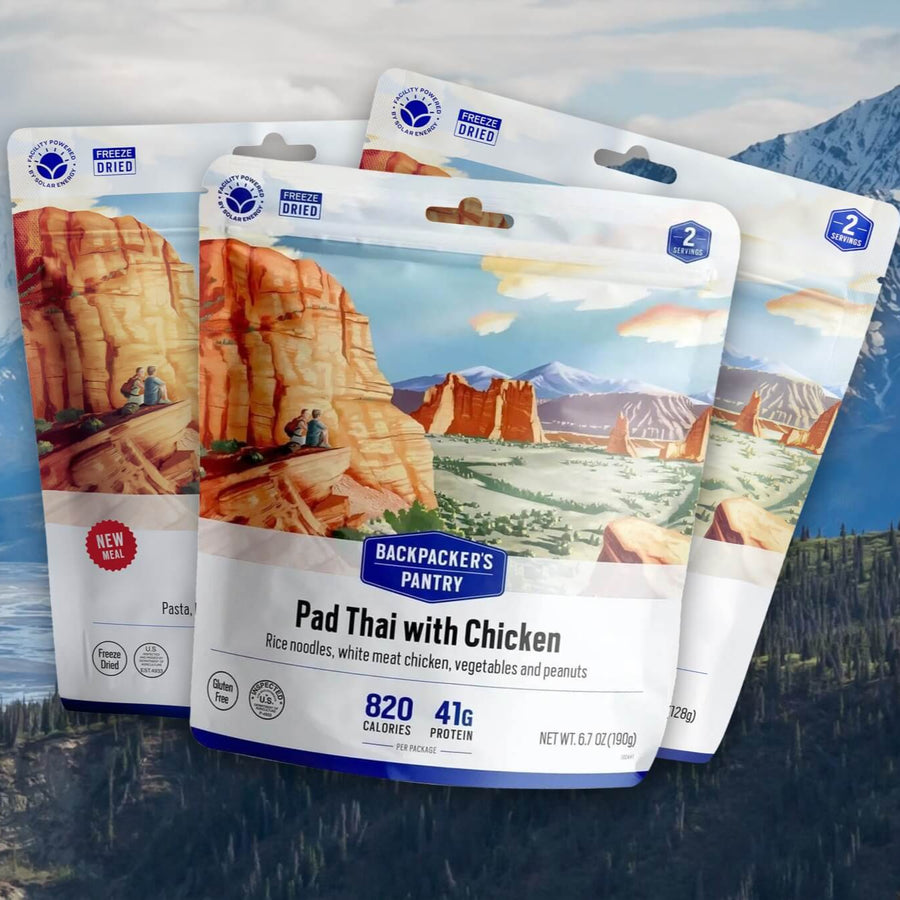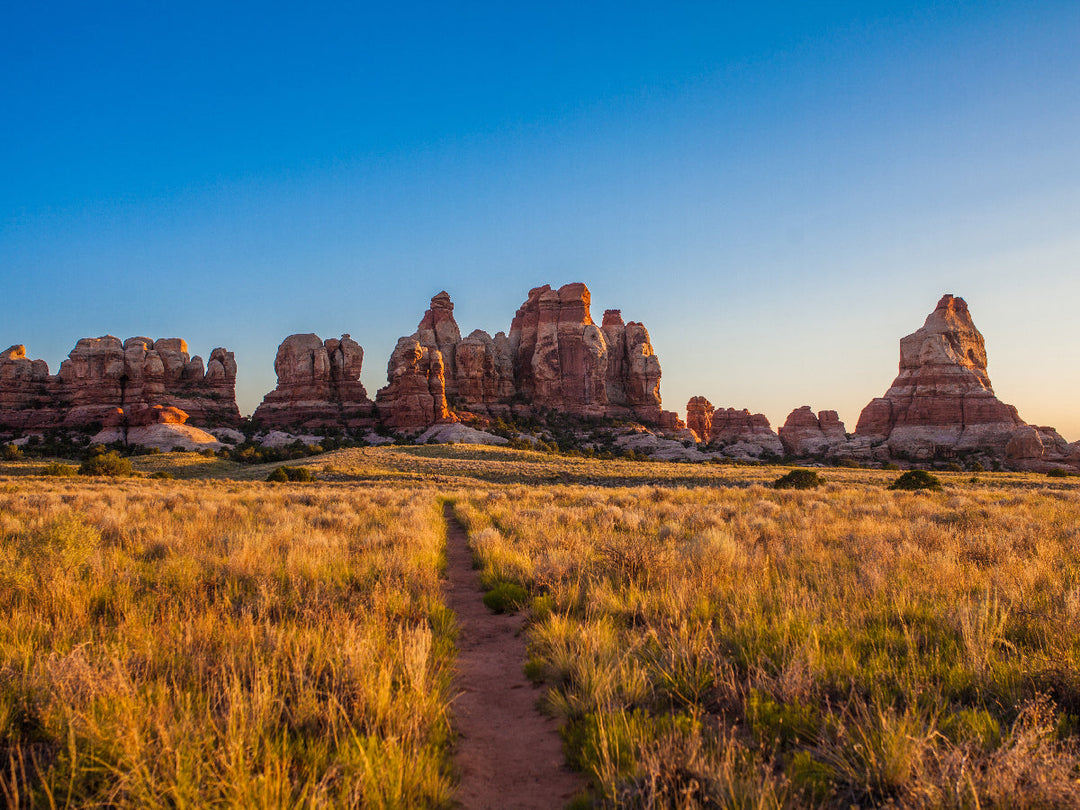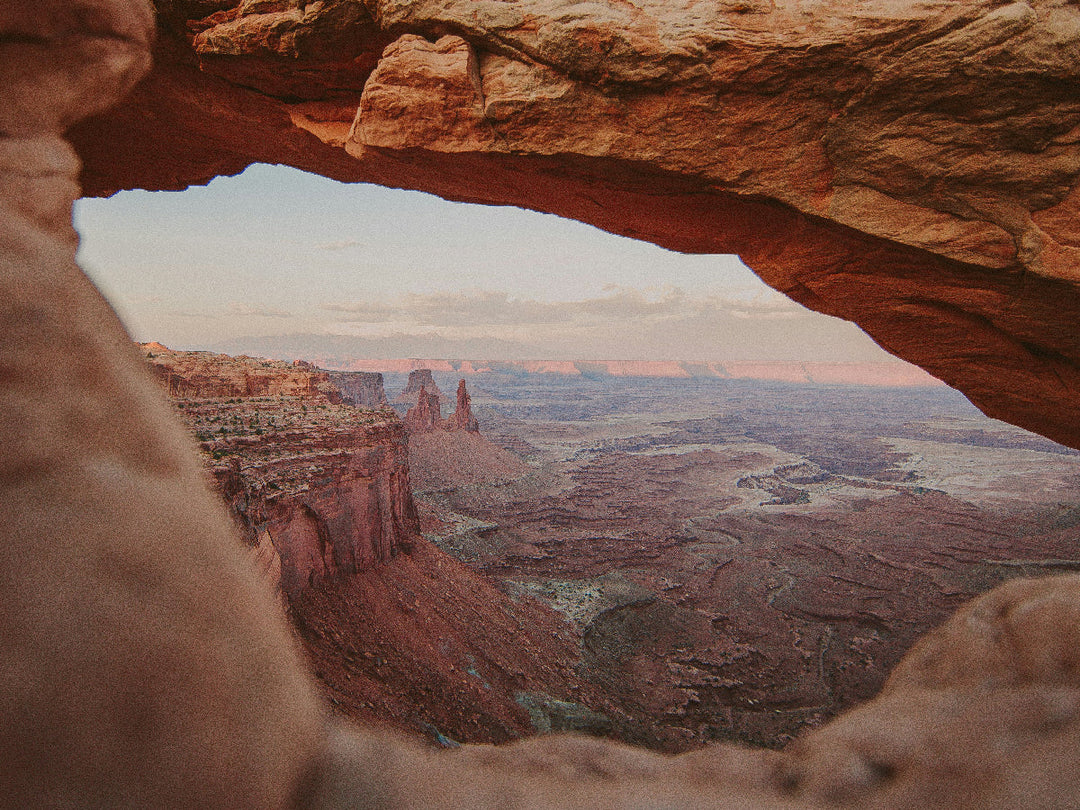What You Need to Know About Backpacking in Havasupai

By Alex Schnee
When I saw that the permitting system for camping at Havasu Falls, Arizona had opened up for backpackers this year, I immediately began looking into it. It seems like we’ve all seen those viral videos of the stunning blue waterfalls in our feed–at least if you are a hiker or backpacker! I knew very little about the experience other than the permitting process was notoriously difficult to navigate, and the chances of getting permits even more so.
However, when my husband and I received an email saying that we had landed campsites, we not only couldn’t believe that we would be experiencing such an amazing trip, but we also felt unprepared. There is a lot of information on the hike, but I still found some gaps when planning our adventure. Here are some tips and suggestions if Havasupai is on your list!

There was a presale for permits in 2024
The process for permits was a little bit different this year than those previously. A limited number of permits were released in a “presale” during the 1-18 of January. During that time, you could put in for specific dates that you were available, or an entire month if you were flexible. While it took a bit more planning, I felt as though the presale was the way to go since it gave you a greater chance of scoring permits.
These permits are not cheap
This might be the most expensive backpacking trip I will ever take. Even if you take away the cost of flights, the rental car we needed to get to the trailhead, accommodations, and meals, the permits themselves still come at a hefty price. Each one is $455 this year for three nights of camping at Havasu Falls. If you choose to have your pack transported in and out of the canyon by mule, it is an additional $400.
If you want a more luxurious experience and you plan on staying at the Havasu Lodge, it’s a whopping $2,277 for three nights in the village of Supai. This is much more than I have paid for international trips–but it was more than worth it.
Make sure you have the right vehicle to get to the trailhead
If you are flying in and planning on renting a car, then you might have to bite the bullet and go for a slightly more expensive option than you would normally. Rental car agencies in Arizona have been strongly pushing EV options–which would be completely fine if you were taking a regular trip through the state! We made this mistake and found that our EV model would get us to the trailhead for Havasupai–but it wouldn’t have enough juice to get us out.
A gas guzzler might not be the most environmentally friendly option, but you don’t want to be stranded on the reservation without service to call someone to charge you back up again. It’s worth spending a little more to be able to drive out without worries.

The check-in process is different from previous years
The Havasupai Tribe details the check-in process via email, but if you are bad about checking it and tend to gloss over your inbox, you might miss it. You will need to stop at the Grand Canyon Caverns Inn. It could be easy to miss if you aren’t aware, and you will need to fill out paperwork in order to even access the trailhead.
This spot is right at Mile Marker 115 on Route 66. Once you arrive, you should see a number of signs pointing you to the check-in counter. You will be given a mask for walking through Supai Village, tent and bag tags (if you are opting for mules), and your official permit. Make sure you know your license plate number since that is required information you’ll need to share when filling out paperwork.
Pack light–it’s okay if you forget a few things
Unlike many wilderness backpacking trips, you have a lot more facilities and amenities available on this adventure than most. The village of Supai is located two miles away from the campground, which means that you can pick up food items and emergency supplies from the store located there. My husband and I were completely full from our Backpacker’s Pantry meals and were thrilled that we didn’t have to make the trek. That’s definitely the benefit of bringing your meals with you!
However, if you do find that you need a few things, it’s not the end of the world to wander back to Supai and get what you need. Just remember to wear your mask while you are there!
Supplies are often left behind
One item that I wish I hadn’t brought with me on this trip was a propane tank. While I would definitely recommend bringing backpacking meals and a stove, there’s no way you are going to go through an entire can of propane in three days. I’m not the only one who runs into the problem–if you want to avoid the extra weight, campers often leave propane cans behind that you are welcome to use yourself. No guarantees that they will be there, but if you are willing to take the chance it can save you a few bucks and the extra weight.
Likewise, gloves for climbing down to Mooney Falls can be found in spades. You can find them in the caves right before you make the drop, and there are a number of them also available near the falls for the climb back up.

Obviously, pack out what you pack in
The Havasupai Tribe is very explicit about this–you need to Leave No Trace and bring whatever you take in back out again. I was shocked to see how much trash was on the trail. Part of this has to do with the fact that supplies often fall off mules that are used in Supai, but a lot of what I saw was hiker trash
We brought a separate bag exclusively for our trash and recyclables that we took with us and disposed of once we were out of the Canyon.
Conclusion
Hiking to Havasu Falls and staying at the campground there was a trip I will never forget. With the right supplies (like Backpacker’s Pantry meals!) and with a little preparedness, my husband and I were able to enjoy every moment–every penny was worth it!
Bio
Alex is the founder of Alex on the Map, a site devoted to national park guides, hiking, climbing, and enjoying your outdoor adventures. After growing up near Glacier National Park in Montana, Alex now spends summers in the American West hitting up the trail with her husband and dog.
Her work has been featured in Fodor's, the Huffington Post, Bustle, and many more. She has also been featured in publications such as The Washington Post, CNN, and USA Today.





